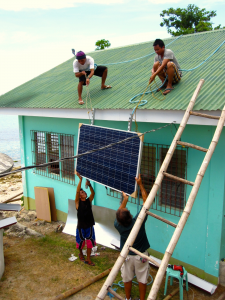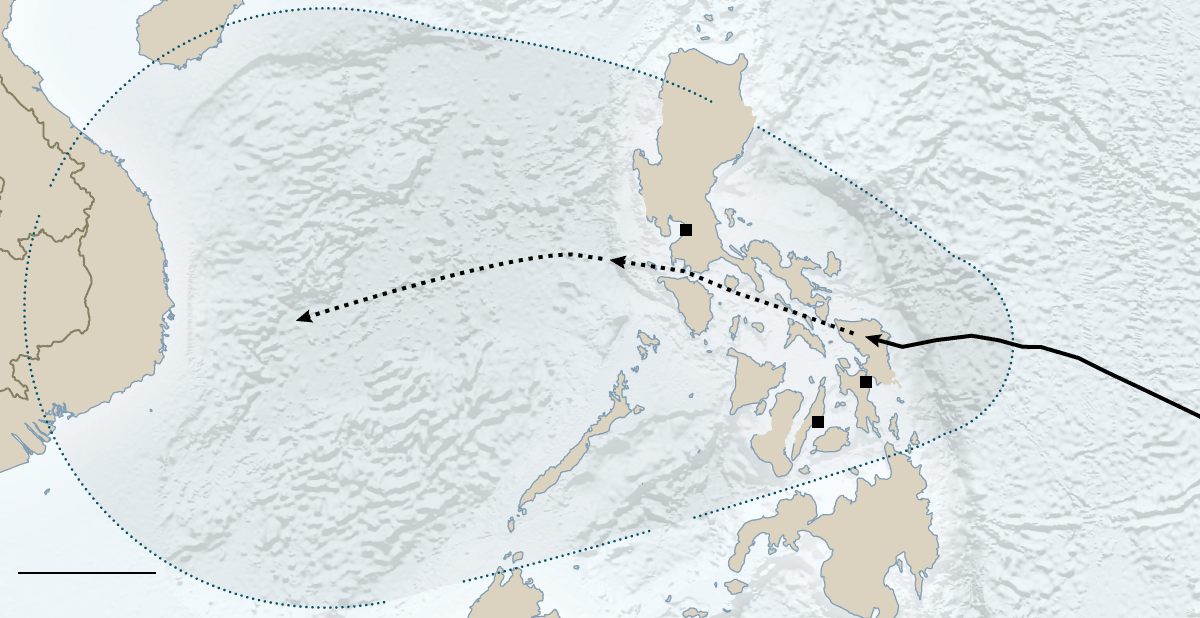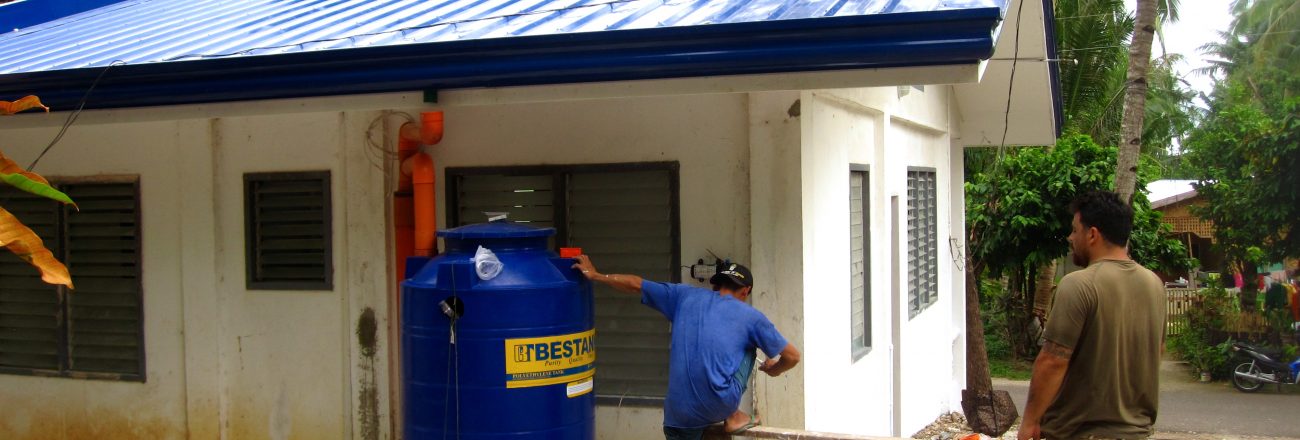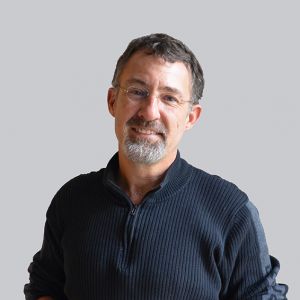Last year about this time, I was touring several islands of the Philippines with Project HOPE, looking at ways to rebuild the health infrastructure and to make it more environmentally friendly, more useful to the local people and more resilient to future natural disasters.
This year, we have sent several teams of volunteers, mostly recruited from hospitals we work with, to help make this work a reality. Our last team left the country about two weeks ago.
We largely realized our mission, despite a large number of challenges faced by the teams on the ground. Their resourcefulness, supported by the team here in the states, helped make the vision a reality.
Creating better environments for people.
Our teams rebuilt four clinics on two islands that were most impacted by the 2013 Typhoon. Our installations included a DC Solar system with energy-storage. They are a classic micro-grid, and these particular installations operate completely off the municipal grids. The systems allow a small, relatively dependable, relatively constant delivery of electricity to the clinics. The clinics use the electricity for three major purposes – to provide clean water, to provide light for procedures that much occur at night, and to provide charging for the phones, which allow them to be connected.

Photo from Solar Installation Project – Summer 2013
The water systems consist of rain-water collection systems with on-site filtration and purification systems. These systems provide the first clean water that has ever been available to some of these villages. Our lead volunteer, Jeff Rodriguez, wrote:
“The installation in Cawit, was especially moving. I routed the domestic water line, which was dry, into the tank. The next few days it rained, so when I returned to finish installing the pump and purifier, the tank was almost half full. After I got everything connected and working, I went over to the house of the mid-wife and brought her to the BHS to show her how it operates. I went through where the breakers were and gave her the spare filters for the system. Then I grabbed a glass on the counter, turned on the new faucet, next to the dry one, and filled a glass and drank it to show her it was potable. She began to cry, saying they hadn’t had any water in the building for over a year and she was so happy and thankful.”
Check out more photos from a recent installation here.
Although these installations were fantastically successful in providing, for the first time, access to needed healthcare, I was still holding my breath as to whether they would be able to withstand the next Typhoon. I was very worried that, despite our best efforts, all of this investment would be swept away in the next Typhoon.
Typhoon Hagupit hits.
Well, last week, Typhoon Hagupit put us to the test.

Last night, I reached out to our Project HOPE colleagues on the ground there, to make sure they were okay (hundreds of thousands of people have been evacuated). This morning, I heard from them that they are well, and, maybe better yet, that our systems not only survived, but continue to operate well. The local Project Manager for Project HOPE is a Medical Anthropologist from Japan, Ryoji Noritake. He is a great guy, and he sent me the following:
Divya just finished the infrastructure assessment of Camotes with Department of Health. Including our sites, there was NO damage observed.”
In addition, the locals used our supporting health stations as evacuation centers since these facilities provide clean water with the water purification system recently installed thanks to your team and Jeff’s team. It had been absolutely appreciated by locals in the midst of typhoon.
Again, thank you so much for your continuous support!!
Best,
Ryoji
Humbling to see the impact.
Mazzetti is an employee-owned, Benefit Corporation, committed to making the world a better place by creating better environments. In the scheme of things, this was a pretty small effort. But, to the people there, it made a big difference. On behalf of the people in these little islands, thank you to all who helped make it happen.
We are currently planning our 2015 projects, including projects in Haiti, the Dominican Republic, Honduras, and the Philippines. We are doing much of this work using pro bono labor and donations. We have set up a non-profit foundation to help us raise money to support these projects–Sextant Foundation. The Sextant Foundation received its 501(c)(3) designation from the IRS this year, after two years of waiting. The updated website for Sextant will go live on Friday. (http://sextantfoundation.org/) We appreciate your financial contribution and support as possible.
– Walt
Interested in what you see? Subscribe to receive monthly news and information
more tailored to what you need.


